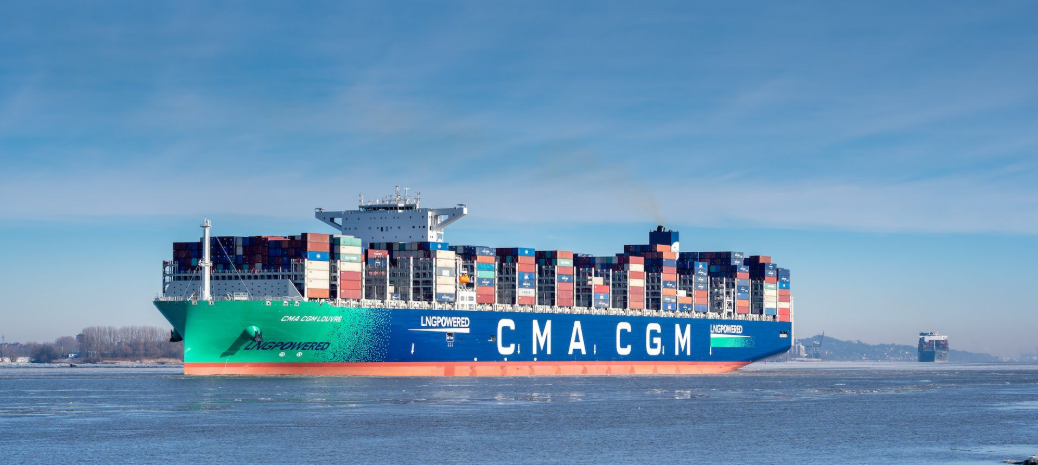Data from DNV’s Alternative Fuels Insights (AFI) platform shows that there were a total of 30 alternative fuel vessel orders globally in October 2025. Despite ongoing uncertainty surrounding global emissions regulations, this data indicates that the market is showing signs of recovery after several months of sluggishness in the third quarter.

Liquefied natural gas (LNG) fuel remains the preferred choice among shipowners, with a total of 26 vessels, all from the container ship sector. Methanol fuel follows, with a total of 4 vessels, 3 of which are from the tanker sector.
Despite a rebound in October orders, overall performance for the first ten months of the year remained sluggish. In the first nine months of 2025, the global newbuild market recorded orders for 222 alternative-fuel vessels, representing only 52% of the order volume during the same period in 2024.
In terms of fuel types, LNG remains dominant with 147 vessels, accounting for 67% of this year’s total alternative fuel vessel orders. Methanol fuel follows with 47 vessels, while liquefied petroleum gas (LPG), ammonia fuel and hydrogen fuel trail with 19, 5, and 4 vessels respectively. By vessel type, container vessels continue to lead the fuel transition, accounting for 65% of this year’s total alternative fuel vessel orders.
Regarding bunkering vessels, October saw the addition of four LNG bunkering vessels and two vessels capable of supplying methanol and biofuels. Although these vessels are not included in alternative fuel vessel statistics, they demonstrate the industry’s ongoing commitment to supporting the development of emerging alternative fuel fleets.
Jason Stefanatos, Global Decarbonization Director at DNV Maritime, noted: “After months of sluggish activity, October saw robust growth in the alternative fuels sector, reflected in both vessel orders and continued investment in bunkering infrastructure. While activity levels remain well below last year’s, it’s important to recognize this progress against the backdrop of a generally weak newbuild market.”
One of the key factors affecting market sentiment is regulatory uncertainty. Jason Stefanatos previously stated: “Uncertainty surrounding the International Maritime Organization’s (IMO) net-zero framework—including specific life-cycle assessment factors for fuels—is prompting many shipowners to adopt a wait-and-see approach toward new vessel orders.”
Last month, under pressure from countries including the United States and Saudi Arabia, the IMO postponed the vote on the net-zero framework by one year to October 2026. The framework aims to achieve net-zero emissions in international shipping by 2050 and will establish the world’s first carbon pricing mechanism for shipping, with projected annual revenues reaching $15 billion starting in 2030.
Jason Stefanatos added: “Despite unresolved regulatory uncertainties, the decarbonization of shipping continues to advance, driven by container shipping and supported by shippers, financial institutions, and shipowners. The industry’s sustained commitment demonstrates that the transition to clean fuels remains firmly at the top of the agenda.”


